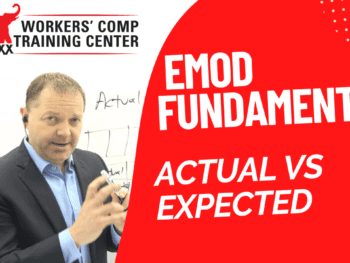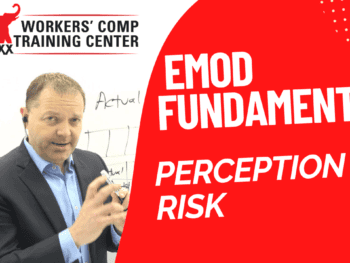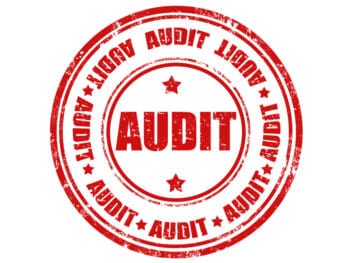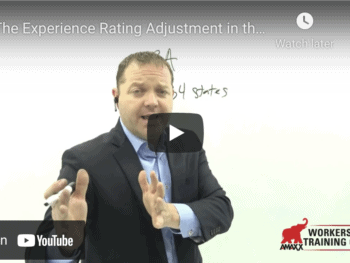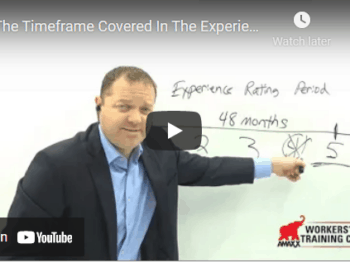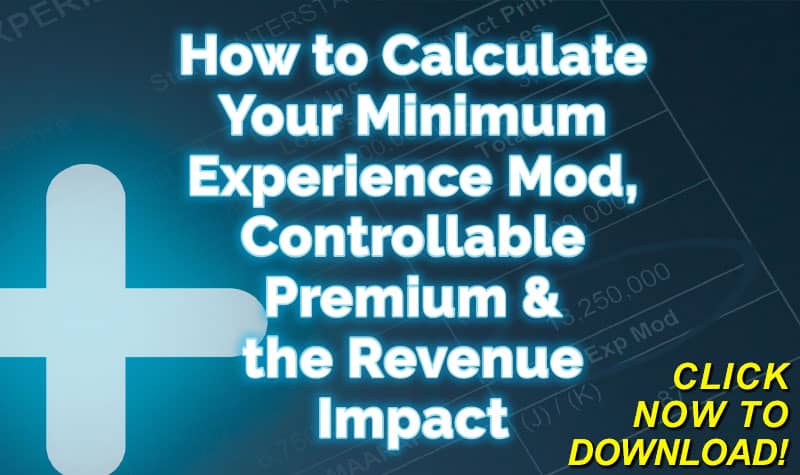Professional Employer Organization (PEO) is a different approach many small and medium size employers take to obtain workers’ compensation insurance. The employer outsources the responsibilities of workers’ compensation insurance along with human resource services, payroll (including IRS and state reporting), employee benefits and risk management to the PEO. The PEO takes over the responsibility for these areas allowing the employer to focus on the employer’s business operations.
Click Link to Access Free PDF Download
“How to Calculate Your Minimum Experience Mod, Controllable Premium & the Revenue Impact”
PEO Becomes Co-Employer & Leases Employees To Employer
For the PEO to provide these services, the PEO becomes the co-employer and leases the employees to the employer. A PEO differs from a staffing agency in that the employer retains the responsibility for hiring and firing of employees and must provide the PEO with the initial benefits information for each employee along with any changes in employee benefits (most notably salary changes).
As the PEO is providing benefits for numerous employers; it can use the combined size of all the employers in the PEO to obtain volume discounts normally reserved for the very large employers. This larger size allows the PEO to provide better health insurance, disability insurance, 401K plans and other benefits that a small employer frequently cannot afford.
While better employee benefits at a lower price is a selling point of PEOs, the most frequent reason an employer joins a PEO is for better control of the employer’s workers’ compensation cost.
PEO Uses Economies of Scale To Obtain Workers Compensation
The PEO uses the economies of scale, to shop for and obtain workers’ compensation insurance. Most PEO will have insurance with the large, nationwide workers’ compensation insurance companies. PEOs that restrict their services to one state or geographical region may utilize a smaller insurer. Some of the large PEOs will have their own workers’ compensation claims handling unit with an insurer providing the coverage.
PEOs improve the employer’s cash flow by reducing or eliminating the down payments frequently associated with the purchase of workers’ compensation insurance. Depending on the size of the employer joining the PEO, and the total of all business services being provided through the PEO, the PEO may allow the employer to pay work comp premiums on a monthly basis similar to a Pay As You Go program provided by some work comp insurers.
Employers with a high experience modification factor, E-mod, (also referred to as an X-mod in some states), frequently join a PEO as the employer takes on the E-mod of the PEO. Usually, but not always, the E-mod of the PEO is about 1.0. This is good for an employer who has an unusual string of accidents or a few bad accidents. However, the employer with a high E-mod should realize the PEO is not going to let one client employers’ bad safety practices raise the work comp rates for all the other employers in the PEO. The PEO is going to require safety improvements and will be providing risk management guidance that must be followed.
FREE DOWNLOAD: “How to Calculate Your Minimum Experience Mod, Controllable Premium & the Revenue Impact”
PEOs Normally Mandate Workers Compensation Cost Containment
As the PEO’s cost for workers’ compensation insurance impacts its relationship with all the employer members, PEOs normally mandate that each client employer has a return to work program that puts employees back to work on modified duty as soon as the medical provider allows light duty work.
The PEO will also mandate the employer has a safety program and retains the right to perform safety inspections. If the PEO finds the employer is not living up to the premises of the employer’s safety program, the PEO has right to sever its business relationship with the client employer.
If you consider a PEO as an alternative to your current workers’ compensation insurance program, the following details of the PEO program should be verified before your company joins the PEO:
• The name of the work comp insurance carrier (should be rated A or higher by A. M. Best)
• The name of the third party administrator and their performance history (if the claims are not handled by the work comp insurer)
• The cost of the workers’ compensation insurance
• The experience of the PEO in your industry
• The risk management assistance and the safety program provided by the PEO
• The PEO requires a return-to-work program of all members of the PEO
• The cost of the payroll, human resources and other functions provided by the PEO
If you would like assistance in analyzing whether or not a PEO is a good fit for your company, please contact us.
Author Rebecca Shafer, JD, President of Amaxx Risk Solutions, Inc. is a national expert in the field of workers compensation. She is a writer, speaker, and publisher. Her expertise is working with employers to reduce workers compensation costs, and her clients include airlines, healthcare, printing/publishing, pharmaceuticals, retail, hospitality, and manufacturing. She is the author of the #1 selling book on cost containment, Workers Compensation Management Program: Reduce Costs 20% to 50%. Contact:[email protected].
Editor Michael B. Stack, CPA, Director of Operations, Amaxx Risk Solutions, Inc. is an expert in employer communication systems and part of the Amaxx team helping companies reduce their workers compensation costs by 20% to 50%. He is a writer, speaker, and website publisher. www.reduceyourworkerscomp.com. Contact: [email protected].
©2013 Amaxx Risk Solutions, Inc. All rights reserved under International Copyright Law.



